Photos: Major Roman Settlement Discovered in North Yorkshire
Long road, old treasures

Beneath Britain's longest road lay a treasure trove of rare Roman artifacts. The findings were uncovered in North Yorkshire during construction work to upgrade the A1, which links London to Edinburgh.
[Read the full story on the Roman settlement]
Glass bowl

The archaeologists unearthed a major Roman settlement at Scotch Corner, one of the best known junctions in the country, linking Scotland with England and East Coast with West Coast.
The large settlement dates back to 60 A.D., suggesting Romans came to northern England a decade earlier than previously thought.
This high-relief glass bowl supports the early date for activity at Scotch Corner.
Unique characters
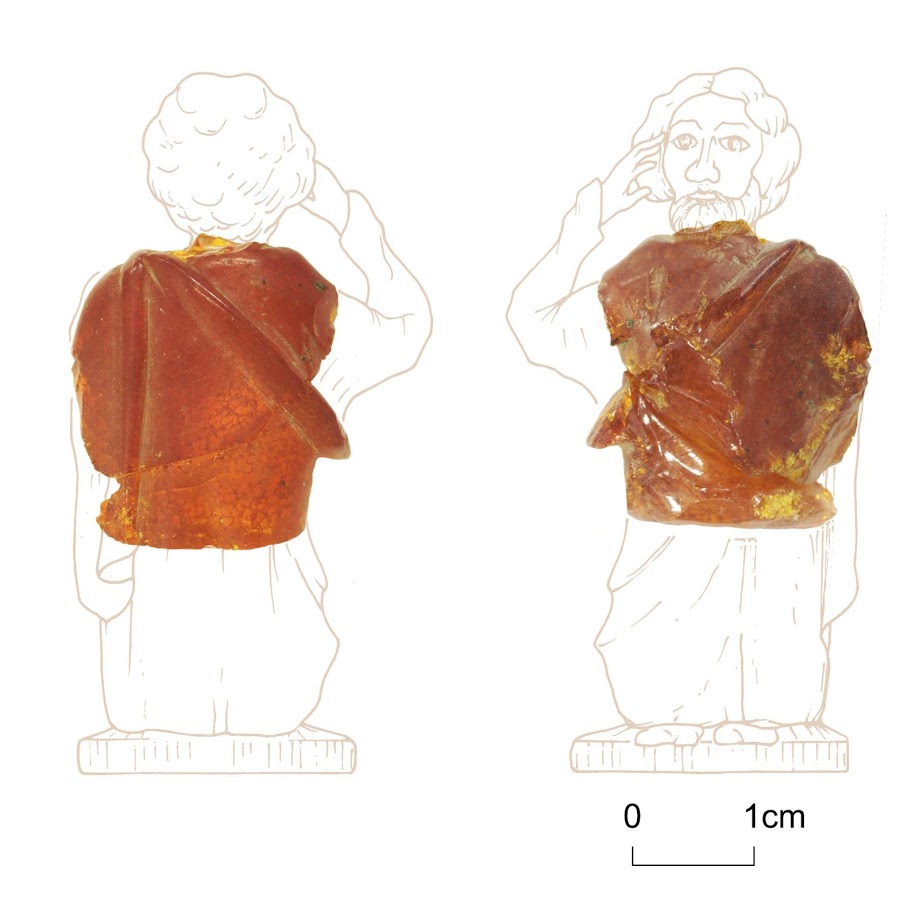
This partially recovered toga-clad actor carved from a block of amber is one of the high-status imported items found at the wealthy settlement near Scotch Corner. It is believed to have been made in Italy during the first century A.D. and indeed a similar object has been found at Pompeii. Nothing like this has ever been found in the U.K.
Coin molds

Over 1,400 clay fragments of molds used for making gold, silver and copper coins have been found at the settlement. The discovery turns the Scotch Corner site into the largest known and most northerly example of coin production in Europe.
Shoes and more
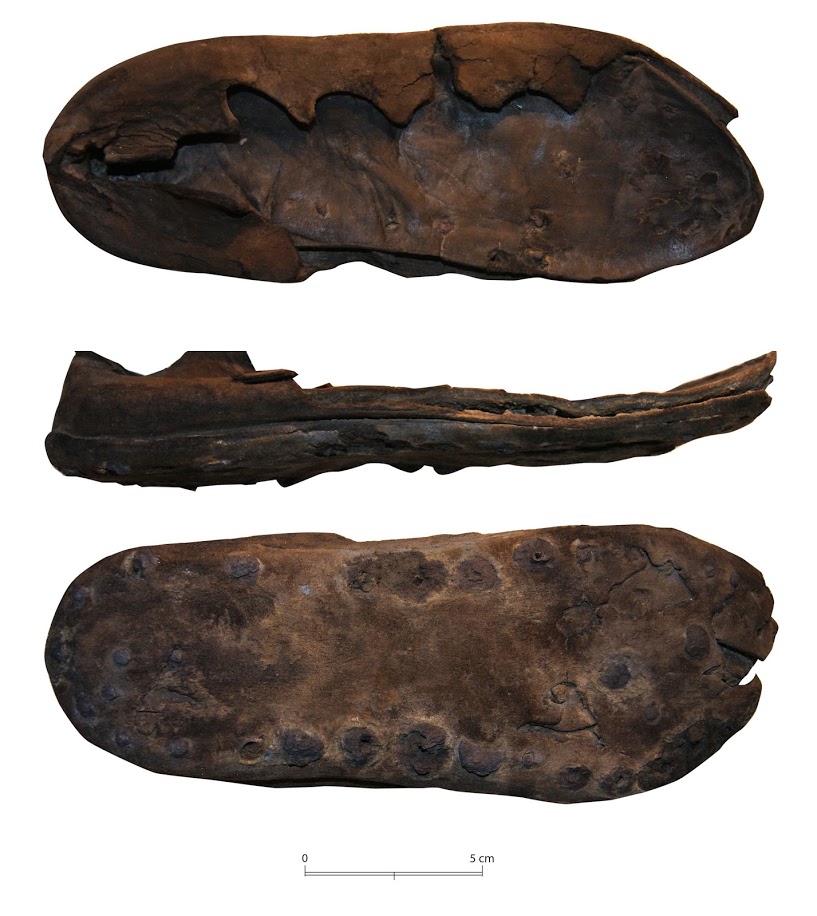
Finds abounded at Catterick, a town south of Scotch Corner known by the Romans as Cataractonium. Here, the archaeologists recovered several well-preserved leather shoes, along with large sheets of leather, perhaps used for producing clothes. Most likely, Cataractonium was an important leatherworking center that likely supported the Roman military.
SIgns of wealth

A rare silver ring shaped like a snake that wraps around the finger hints at the great wealth of the people who lived at Cataractonium.
Get the world’s most fascinating discoveries delivered straight to your inbox.
More indicators of prosperity
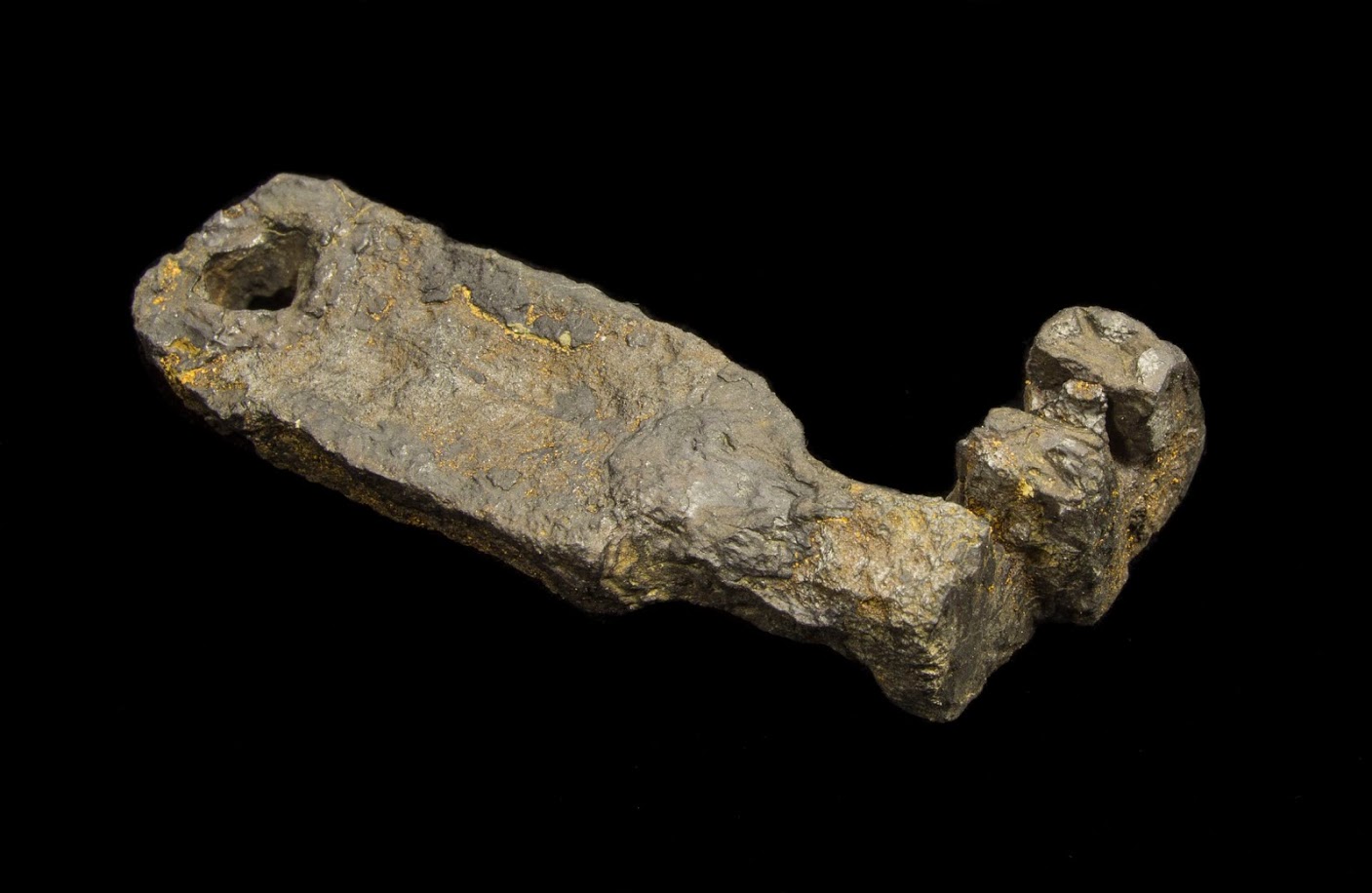
This is one of many keys unearthed at Cataractonium. The large amount of various sizes suggest the people who lived there were rather wealthy and locked up their valuable possessions.
Educated citizens
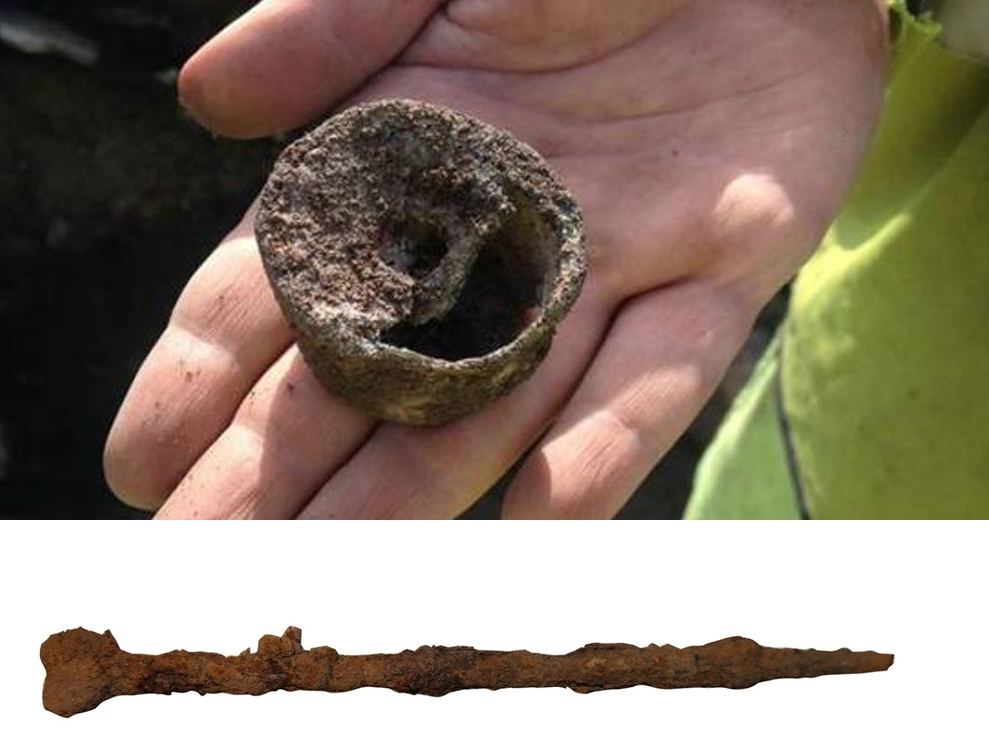
A pewter inkpot and many styli, the Roman pens, revealed the most people of Cataractonium were able to read and write.
Calculated measures
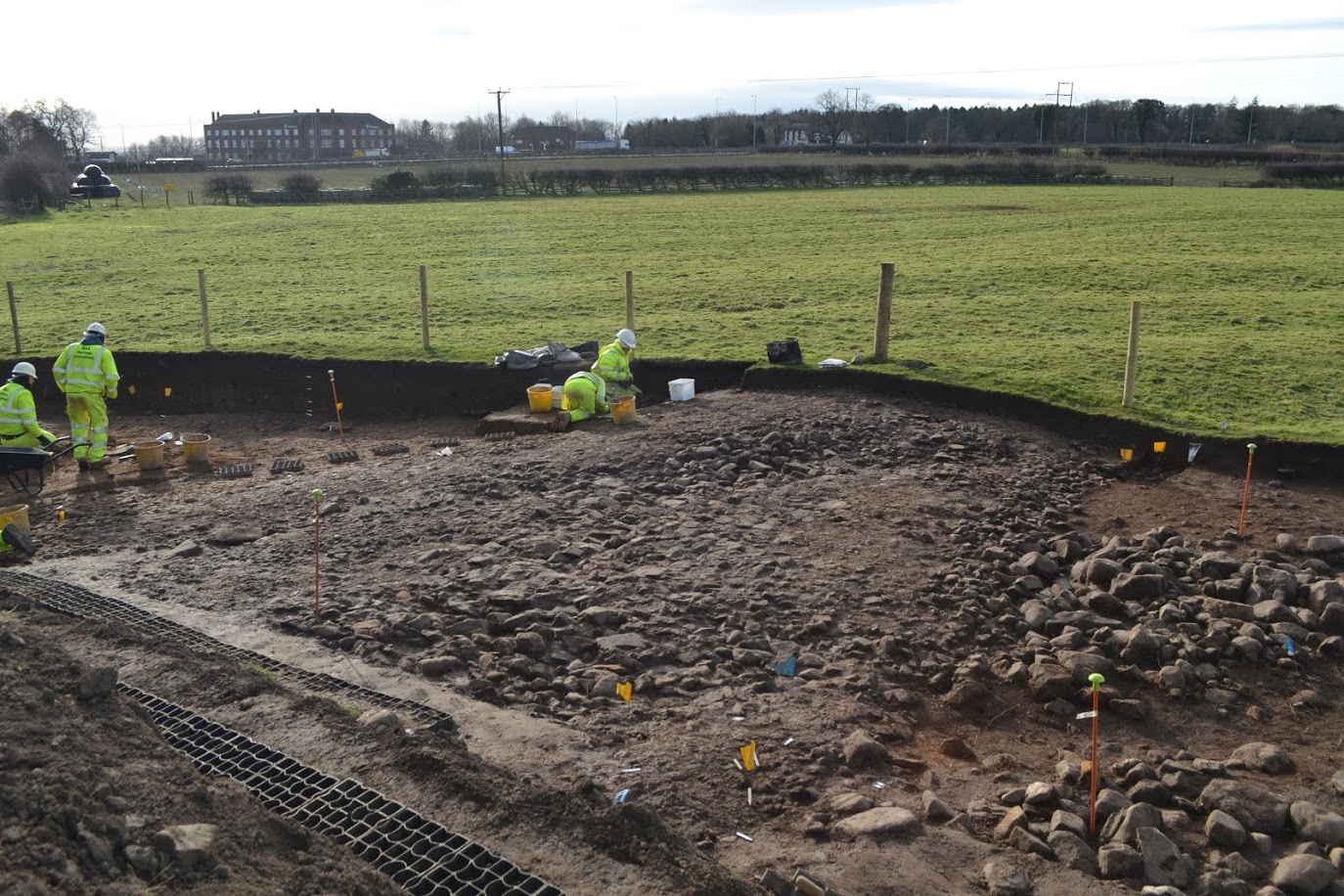
A well-preserved section of Roman road is being excavated. Nearly 2,000 years ago the Romans were using the A1 route as a major road of strategic importance.
